The Washington Post (WaPo) recently published an article claiming that President-elect Donald Trump’s pick for Secretary of the Department of Energy, Chris Wright, was wrong when he has claimed that climate change has not fueled more frequent and severe wildfires. Wright is right, and WaPo is wrong. Climate change is not causing worse wildfires, but policies pushed by Democrats in California and at the state and federal levels have likely been contributing factors.
The article, “Trump’s pick for energy secretary rejects linking climate change and wildfires,” complains that Chris Wright “has argued that climate change has not fueled more frequent and severe wildfires — a claim at odds with the scientific consensus.”
Sen. Alex Padilla (D-CA) asked Wright during the confirmation hearing whether he thinks wildfires are “just hype” when it comes to climate change, Wright replied that he stands by his past comments rejecting the claims that climate change has caused more, worse wildfires.
The Washington Post (WaPo) cites a single study that examined only the past 20 years. Other fire records go back much further and are more comprehensive. WaPo also quotes climate alarmist scientists Michael Mann and Andrew Dessler, both of whom have somewhat untrustworthy pasts when it comes to confirmation bias on the subject of climate change, especially when it comes to how data should be analyzed, discussed by Climate Realism here, and here, respectively.
Looking at the recent California wildfires, which these same alarmists have blamed on climate change, the claim just doesn’t jibe with the evidence. As pointed out by atmospheric scientist Cliff Mass, for example, even if there had not been a dry winter for the region, the weather conditions were such that even if rain occurred the day before the blazes started, it still would have occurred. This is because the dry Santa Ana winds were strong enough that the grasses and vegetation that ended up burning would have been dried out regardless of pre-existing wet conditions. It is true that California’s winter has had a late start to the rainy season, but this is not part of a longstanding climate trend. The trend for Los Angeles winter rainy seasons has actually been an increase in precipitation since the 1950s, not a decrease. (See figure below)

Indeed, the previous years’ wet conditions contributed to the build up of lush brushy growth, which, when a dry year came, dried out providing fuel for the fires. Therefore, it is pretty clear this year’s fires are not a climate issue but rather a weather phenomenon. Climate science, which WaPo claims that Wright is running afoul, in fact confirms that the Santa Ana winds that contribute to drying fuels and exacerbating wildfires should decrease with modest warming. As Mass explains:
It makes complete sense that global warming would weaken the Santa Ana winds.
Such winds are driven by difference in pressure between inland high pressure and lower pressure to the south and west. This high pressure is associated with low-level cool air (cool air is denser and heavier than warm air), which will be warmed due to global warming, thus reducing the pressure difference that drives the Santa Ana winds.
Globally, the amount of land burned by wildfires has significantly declined, as has the amount of land in the United States since the beginning of the 20th century. There has been a small uptick in acreage lost to wildfires in recent decades, the cause of which WaPo is more than happy to ignore: environmentalist-driven land management practices, and demographic shifts with more people moving into areas historically prone to wildfires.
Meteorologist Anthony Watts explains in the post “No, Mainstream Media, Climate Change Isn’t to Blame for California’s Wildfires:”
Decades of fire suppression policies have allowed fuel – (aka dead trees, dry brush, and dense vegetation) – to accumulate, creating tinderbox conditions. A report from Cal Fire explains the role of vegetation management in reducing fire risks and outlines how fuel accumulation has made fires more intense.
Meanwhile, urban expansion into wildland areas (the so-called wildland-urban interface) places more homes and infrastructure in harm’s way. Studies by the University of California, Berkeley, highlight the challenges posed by housing developments in fire-prone areas.
Historically, fires that would have naturally thinned forests and cleared underbrush were extinguished, leading to denser forests that burn more intensely.
This is true for California, and true for many other parts of the United States, particularly in forests managed by the federal government (or, rather, mismanaged) versus private property. Fires in the United States did not start on the minor upward trend until the late 1980s and early 1990s, coinciding with a federal policy shirt in forest management philosophe with resulted in a sharp decline in timber harvesting on federal land. Simultaneously, forest roads used by loggers, but also used to fight fires, began to be ripped out or closed. This resulted in a fuel buildup and made it impossible to get to fires which started in remote areas before they spread to population centers.
WaPo also appears ignorant of what the Intergovernmental Panel on Climate Change (IPCC) actually says in their 6th Assessment Report, which is that “fire weather” has not gotten worse, nor is it expected to get worse between 2050 and 2100 even under extreme warming model scenarios. (See figure below)
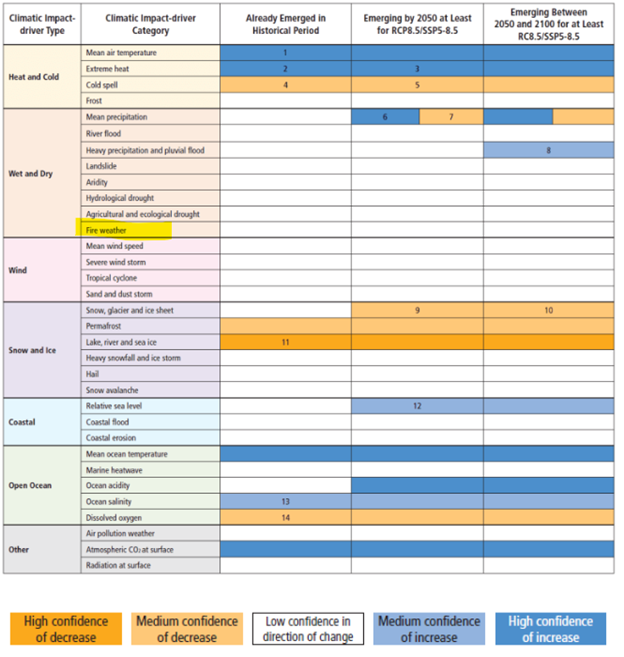
Wright, in this case, proved himself more knowledgeable about the “consensus” science concerning wildfires than the writers at WaPo.
As a thoughtful human being, in his testimony Wright rightly acknowledged the tragic and terrible destruction caused by California’s fires, and empathized with those suffering there. But he was equally right to refuse to attribute them to climate change the way Democrats and alarmist media prodded him to. WaPo should consider checking the facts before citing scientists known to have crossed over into advocacy concerning the “consensus science” on wildfires. WaPo is certainly keeping its readers in “darkness” on climate reality.


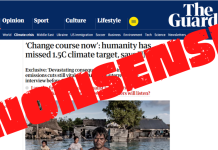



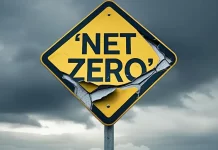
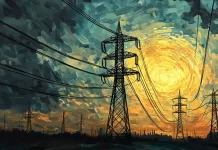




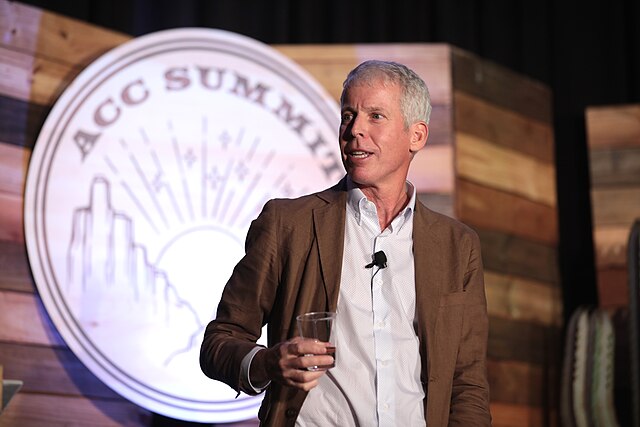
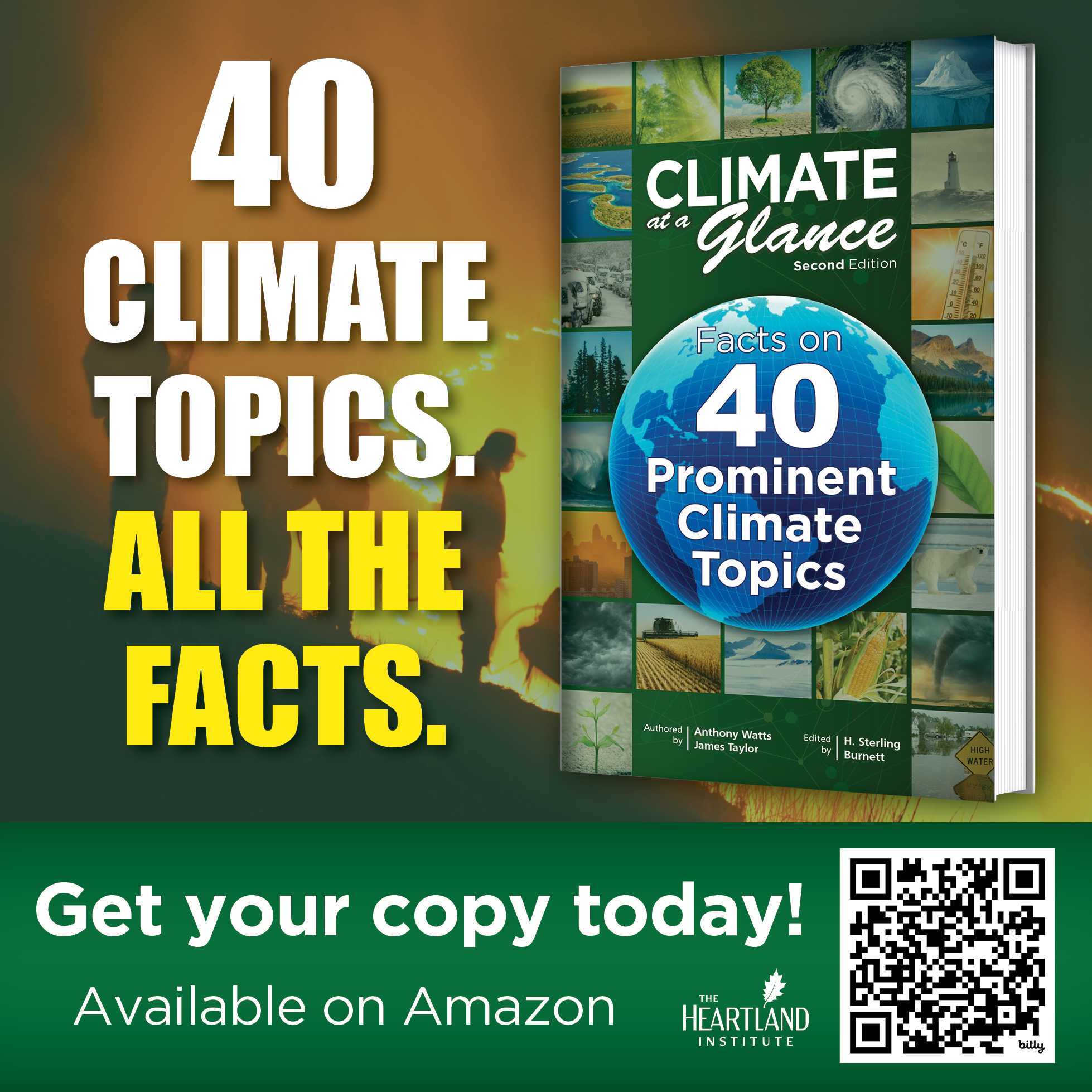

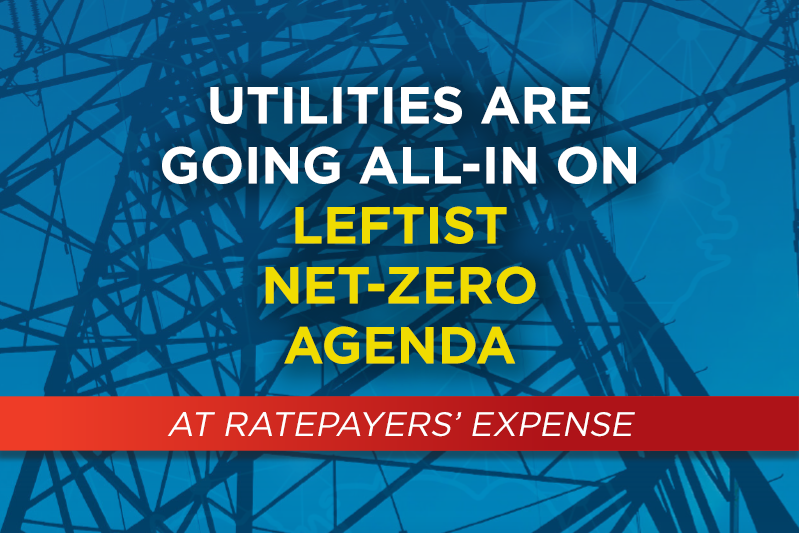
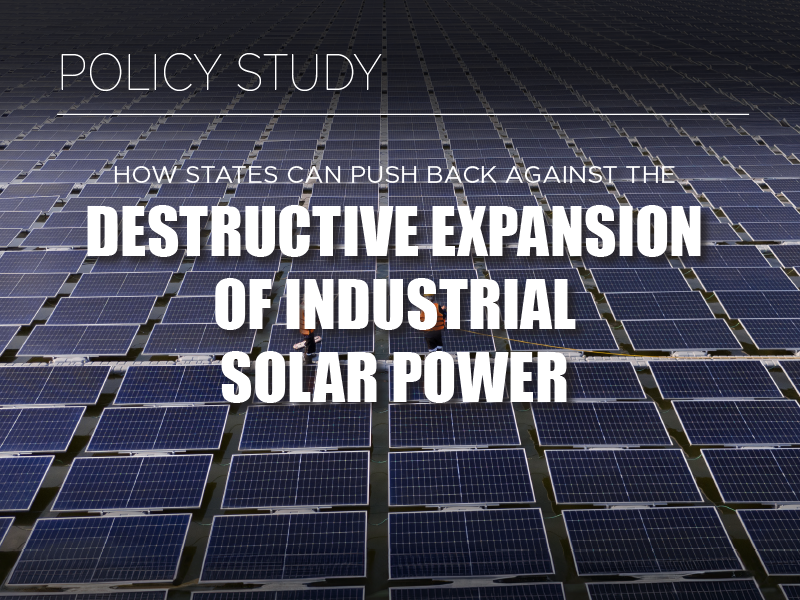

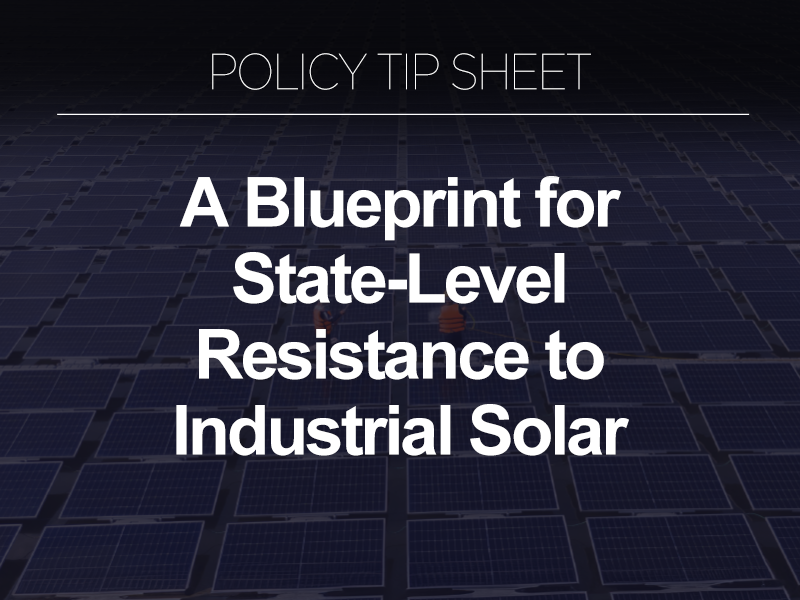

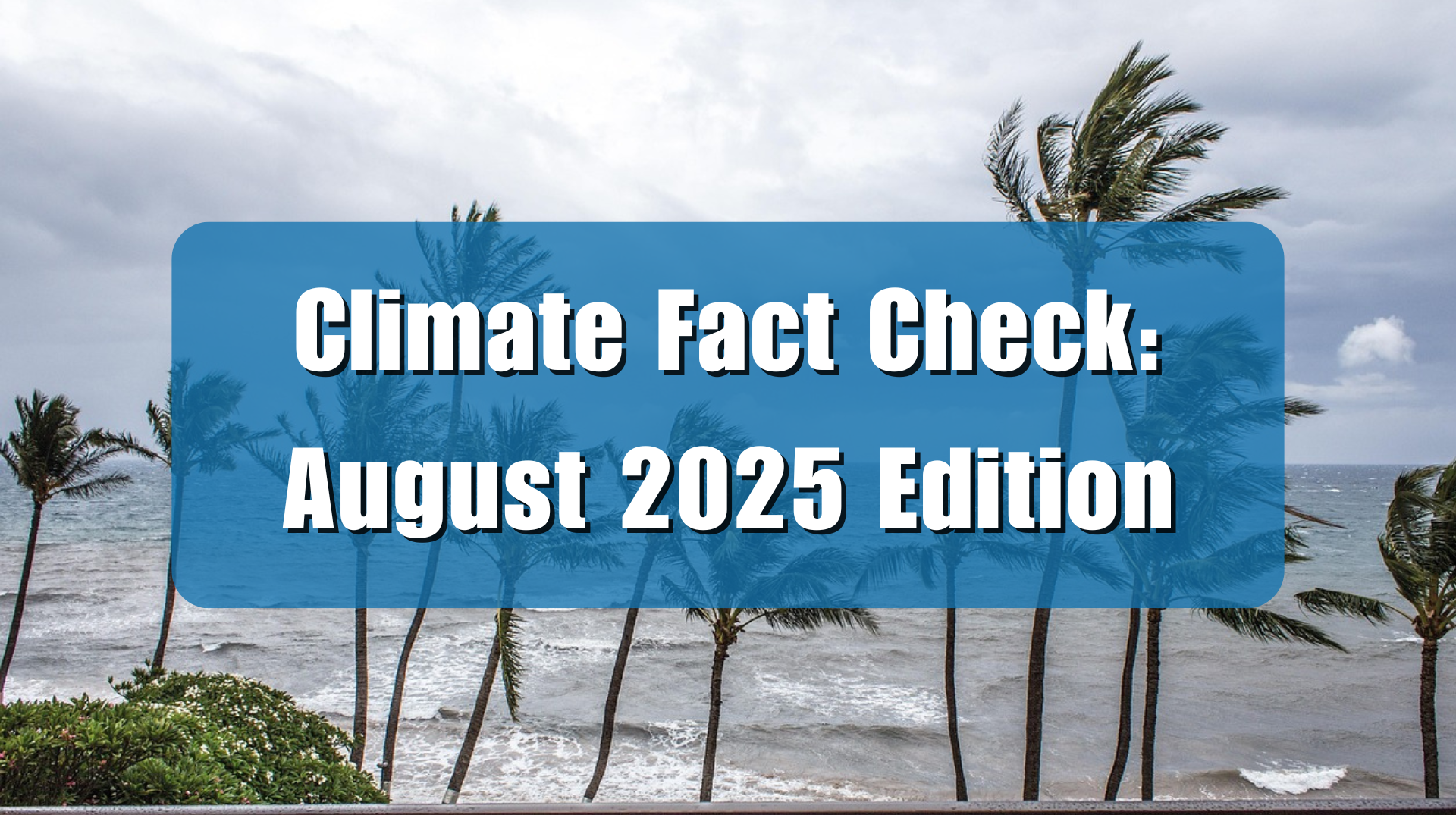
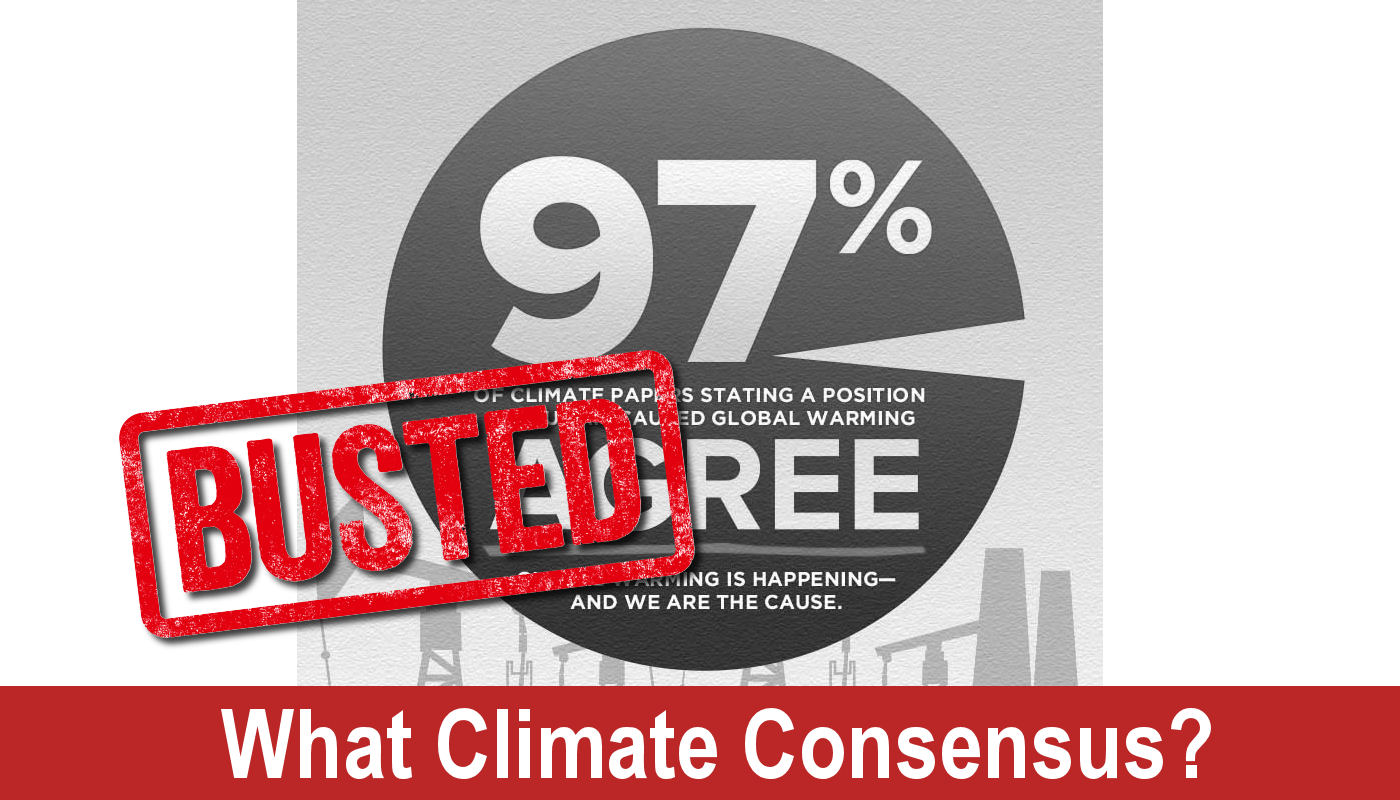
Anyone planning to rebuild in California would do well to organise their own forest management schemes, to cut the risk of future fires. The California Govt is unwilling or incapable of doing the job.
It is not ‘scientific consensus’. it is consensus of climate scientists. Spot the difference?